Roller vs. Plate Compactor: Which to Choose [Pros & Cons]
Mechanization is one of the major trends in the construction industry. Various tools and equipment have been developed to improve the quality of works and construction economies. Compaction is one of the most-mechanized stages of construction; two main inventions play an important role in this stage, roller compactors and plate compactors. Roller compactors comprise of a drum mounted to a frame and attached to an engine or physically-operated body. The drum is driven over material for compaction. Plate compactors on the other hand are hand-held with an engine and a steel base plate. The base plate undergoes high-frequency vertical movements to exert compaction force on the material.
The structural integrity of infrastructure depends on stability of materials. Compaction eliminates air pockets and excessive moisture from the material structure improving the bearing capacity. The force exerted on particles packs them in a tight structure; this reduces movement between the particles to prevent settling when subjected to design loads. Compaction is mostly applied in road construction and building construction for stabilization of the base layers and foundation soils respectively.
Compaction needs vary, hence the need for the right equipment. This article outlines in detail the differences between roller compactors and plate compactors. The information here-in is a guide to selecting the right compaction equipment.
Contents
Roller Compactor
A. Definition and description
1. Types of roller compactors
Roller compactors’ classification is based on the structure of the drum and the operation mechanism. The two main classifications are vibratory and static. However, based on the structure of the drum, the following types exist.
Smooth roller compactors
This type of roller has a consistent smooth drum surface. It is suitable for compaction of granular material such as sand and gravel.
Padfoot roller compactors
These rollers have protruding squares or oval pads(feet) on the drum. The pads break the material for effective deep compaction. The small area of pads reduces the compaction force to area ration; this increases the pressure exerted on the roil. Padfoot rollers are suitable for both granular and cohesive materials. They require fewer passes to achieve required densities compared to smooth rollers.
Pneumatic roller compactors
These rollers do not have a drum. Compaction is achieved through air-filled rubber tires on which the cabin sits. Pneumatic rollers rely on the engine and cabin weight to exert compaction force. The rubber tires provide a kneading effect when driven over material; hence the roller is used in asphalt paving to provide a smooth finish.
B. Advantages
1. Effective for large-scale projects
Roller compactors are engine powered; their operation is less-dependent on human energy. This allows compaction to be carried out for longer periods and at a faster rate. For large-scale projects, roller compactors reduce the compaction time and labor expenses.
2. Wide coverage and even compaction
Roller compactor drums are wide enough to cover significant widths with every pass. This ensures compaction of larger areas within a short time. The even weight distribution on the drum ensures consistent compaction force distribution with every pass. Overlapping passes ensure no area is left uncompacted.
3. Suitable for various soil types
There are various types of road rollers; each can be used for specific conditions. However, some rollers can be used for more than one type of or terrain conditions. Vibratory roller compactors can be used for their intended purpose or used as static rollers when the vibration is turned off.
C. Disadvantages
1. High initial cost
The cost of acquiring a roller compactor is high. Prices depend on many factors and can be affected by slight changes in the market. Additionally, very few distributors are available around the country. This implies that you have to incur transportation costs; which may vary depending on regulations set by governing authorities.
2. Limited maneuverability in tight spaces
Roller compactors are difficult to operate due to their weight and size. They require larger turning spaces compared to other compaction equipment.
3. May require skilled operators
A balance of skill and compaction knowledge is needed to operate a roller compactor. Some compactors have complex technologies for improved efficiency. This leads to a need for operator training or hiring an already trained operator which could be costly.
D. Best Use Cases
1. Road construction
Roads are designed to sustain design traffic loads. Roller compactors are used to improve the density of the base and subbase layers. This prevents settling of material particles which may result in cracking and pothole formation.
2. Highway projects
Besides heavy traffic loads, highways exposed to varied adverse weather conditions. Roller compactors eliminate air pockets from the construction material; prevents rutting during high temperatures. Additionally, smooth and pneumatic rollers are used to provide a smooth and consistent surface to prevent tire damage.
3. Large parking lots
Roller compactors improve the material density and bearing capacity; this ensures the parking lot can sustain the weight of parked vehicles. Additionally, roller compactors ensure and even flat parking lot for easy maneuverability and stability of vehicles.
Plate Compactor
A. Definition and description
1. Types of plate compactors
Forward Plate Compactor
Forward plate compactors move in a single forward direction. Reversible plate compactors can move in both forward and reverse directions. This versatility allows for precise compaction in tight spaces and for achieving uniform compaction results. They are often used in more complex construction and landscaping projects.
Vibratory Plate Compactor
Vibratory plate compactors utilize rapid vibrations to compact various materials effectively. They are ideal for achieving high compaction density, making them valuable for soil, granular, and asphalt compaction in construction and roadwork.
B. Advantages
1. Cost-effective
Plate compactors are cost-effective due to their efficiency in reducing the number of passes needed to achieve compaction. They save on labor and fuel costs while delivering high-quality results in construction projects.
2. Ideal for small to medium-sized projects
Plate compactors are perfect for small-scale projects, offering a compact size and maneuverability. They excel in tasks like landscaping and driveway compaction, where larger equipment may not be practical.
3. Easy to maneuver in tight spaces
Plate compactors are easy to maneuver in tight spaces due to their compact design. This feature is valuable for reaching confined areas, like trenches or corners, ensuring thorough compaction across the entire project.
C. Disadvantages
1. Limited coverage area per pass
Plate compactors cover a small area due to the size of the plate. More passes are needed to achieve compaction over larger areas. This increases the operation time and fuel costs.
2. Less effective on cohesive soils
Cohesive soils require higher compaction force to achieve desired densities. Plate compactors are light and thus, cannot deliver sufficient force. This leads to less effective compaction when used on materials such as clay.
3. Vibration may cause operator fatigue
Since plate compactors are handheld, the effectiveness depends on the physical state of the operator. The vibrations generated by the engine and plate are transferred to operator hands through the handle. Muscle and mental fatigue of the operator limits operation hours of the compactor.
D. Best Use Cases
1. Residential driveways
Residential driveways bear less traffic loads; lesser density of material and bearing capacity is needed compared to highways. Minimal noise and vibrations are permissible in residential areas making it ideal to use plate compactors for their size.
2. Sidewalks and small paths
Sidewalks are narrow; plate compactors are ideal due to their maneuverability. Their compact size makes it easy to compact material without damaging surrounding structures.
3. Landscaping and backyard projects
Stable soils are essential gardening and general landscaping needs. A plate compactor delivers adequate compaction for such projects without compromising the quality of surrounding infrastructure. Their maneuverability makes it easy to reach tight spots; especially when working on backyards.
Factors to Consider When Choosing
A. Project scale and size
Smaller projects, like landscaping or driveway installations, benefit from compact, maneuverable plate compactors. Large-scale projects, such as road construction, require heavy-duty vibratory rollers to cover extensive areas efficiently. Selecting the right compactor size ensures cost-effective and timely completion.
B. Soil type and compaction requirements
Cohesive soils like clay need heavy-duty compactors with high compaction force, while granular soils require vibratory compactors for optimal results. Compaction requirements vary; some projects demand greater density, necessitating larger, more powerful compactors.
C. Budget constraints
Compactors vary in cost, and choosing one within budget ensures responsible spending. Consider not only the initial purchase price but also maintenance and operating costs over time to make an economically sound choice for your construction or landscaping project.
D. Operator skill level
Complex machines like large vibratory rollers require experienced operators to ensure proper compaction and safety. Simpler compactors like plate compactors are more forgiving for less skilled operators, making them a better choice for those with limited construction equipment experience.
E. Site accessibility and space constraints
Tight spaces require compact equipment, like walk-behind models, ensuring easy maneuverability. Inaccessible sites may necessitate smaller, portable compactors that can be transported to the location. Assessing these factors ensures the compactor fits the project’s unique spatial requirements.
Cost Analysis
A. Initial purchase cost
This aspect involves the upfront expense of acquiring a roller compactor. A lower initial purchase cost may be attractive, but it should be balanced with the machine’s quality and capabilities to ensure it meets project requirements.
B. Maintenance and operating expenses
Maintenance and operational expenses encompass ongoing costs like fuel, lubricants, repairs, and servicing. These costs should be factored into the total cost of ownership when evaluating the affordability of a roller compactor.
C. Long-term value and ROI considerations
Assessing long-term value involves evaluating the durability, reliability, and efficiency of the roller compactor over its lifespan. Consider how it contributes to project productivity and quality, as well as its potential return on investment (ROI) through reduced project time or lower operating costs.
Conclusions
The choice of a compactor is a critical decision in construction and landscaping projects. We’ve highlighted the key features of various plate compactors, from the versatility of reversible models to the precision of forward plate compactors and the efficiency of vibratory plate compactors. The roller compactors key features such as the size and structure of the drum play important roles in attaining needed compaction.
It’s essential to align your selection with project-specific needs, considering factors like soil type, site accessibility, and budget. Choose the right compactor wisely, as it directly impacts project quality and efficiency. For small-scale projects or tight spaces, compact and maneuverable options excel, while larger projects may benefit from more robust machines. Tailoring your choice to the project’s requirements ensures optimal results and cost-effectiveness.
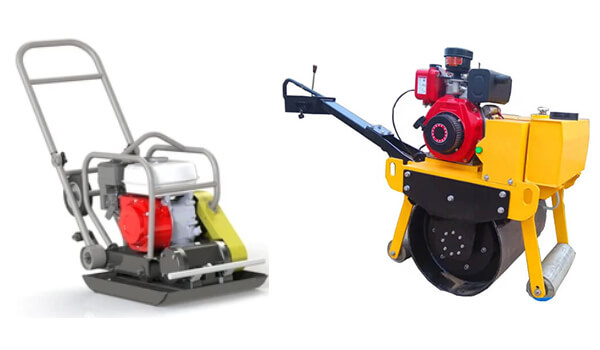
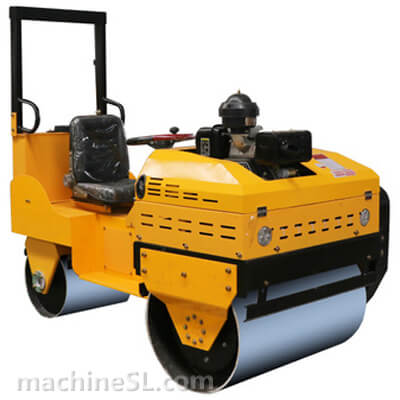
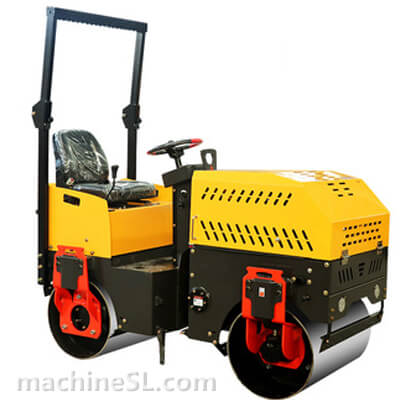
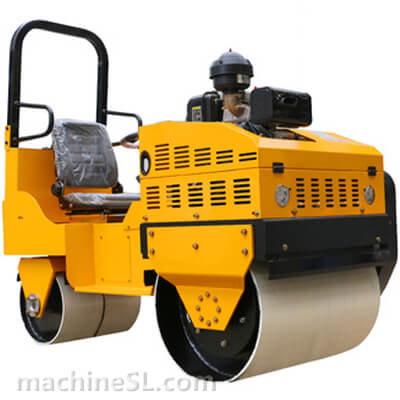
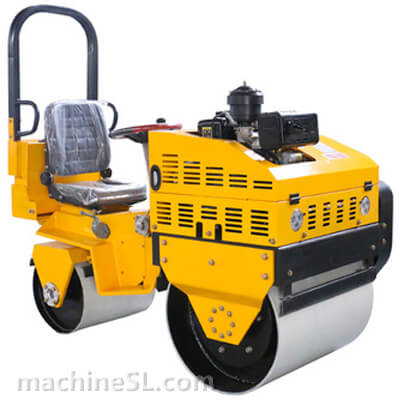
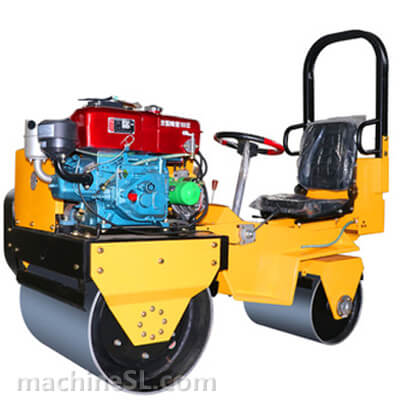
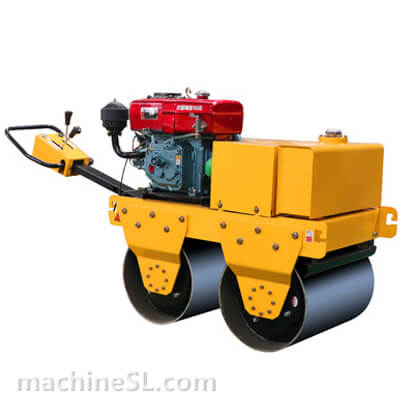
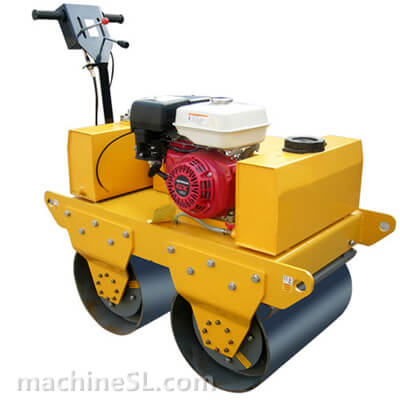
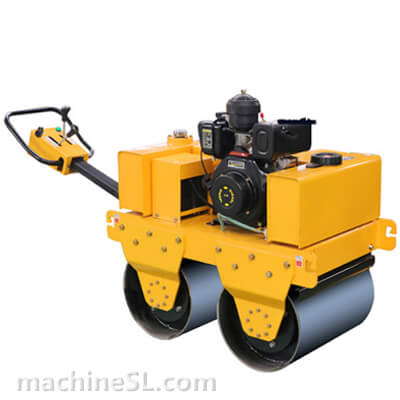
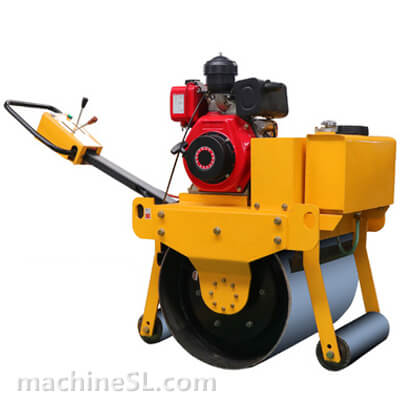
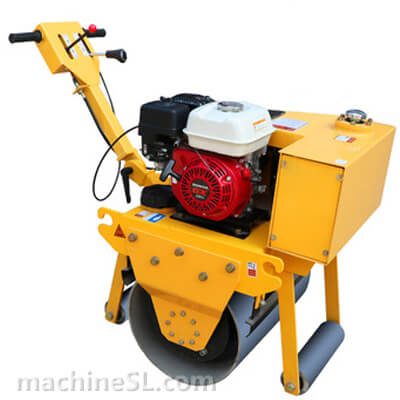
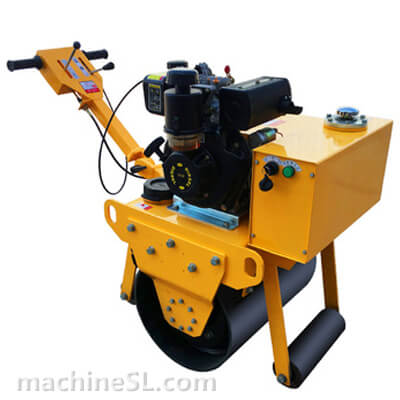
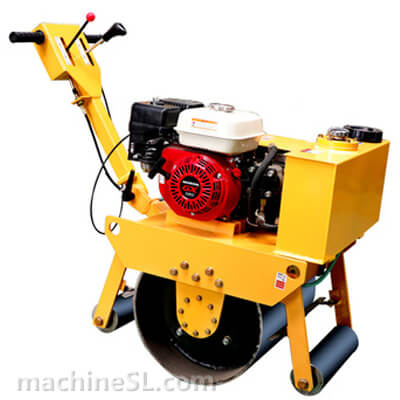
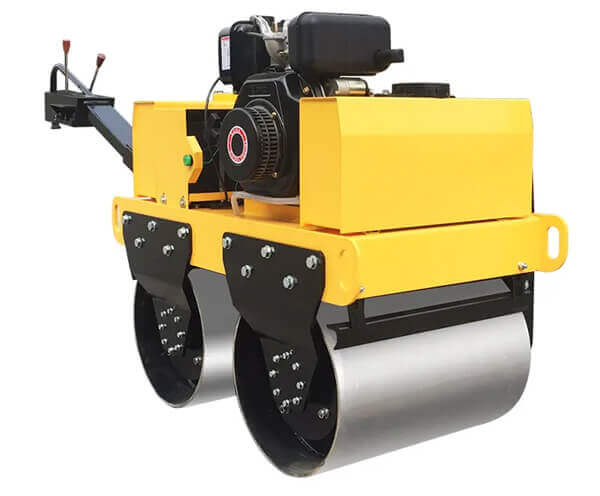
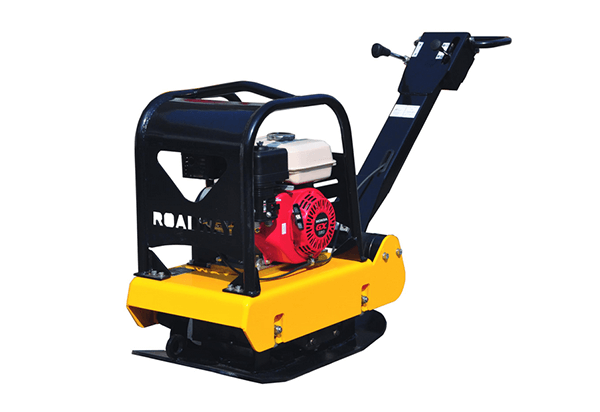
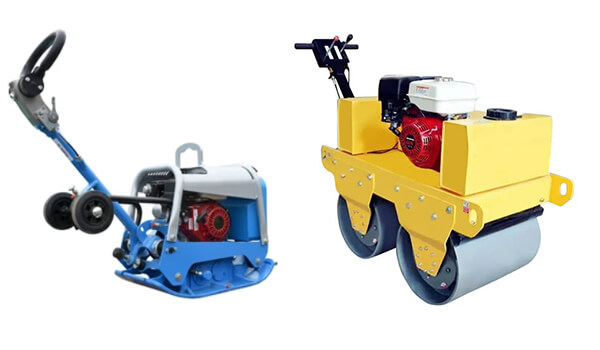
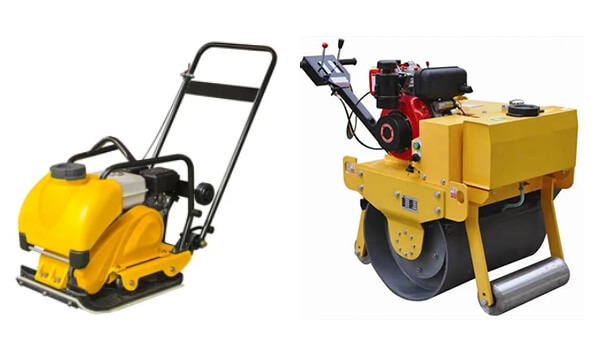
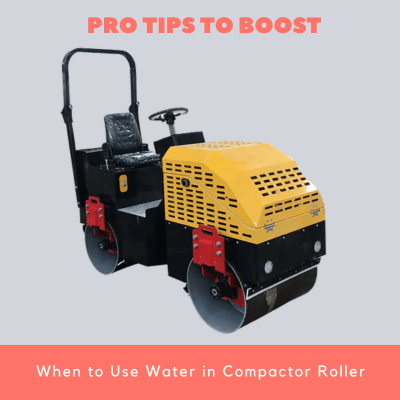
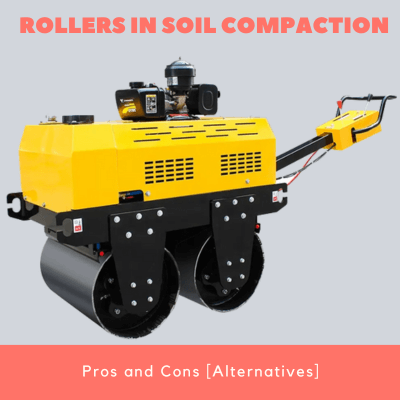
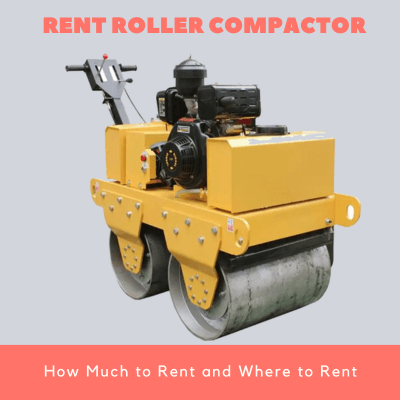
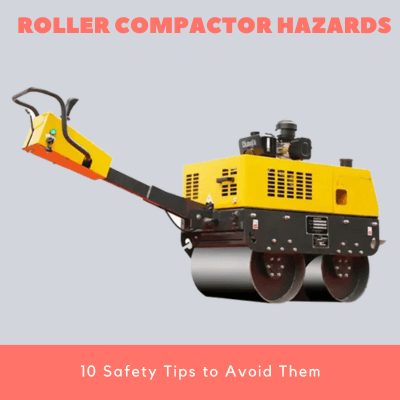
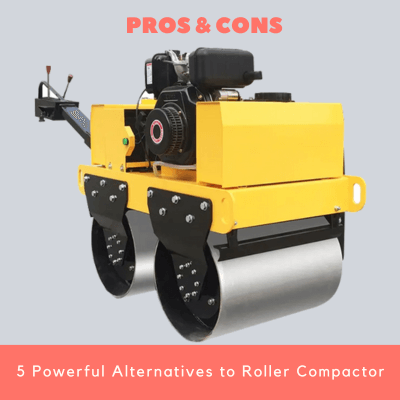
Leave A Comment